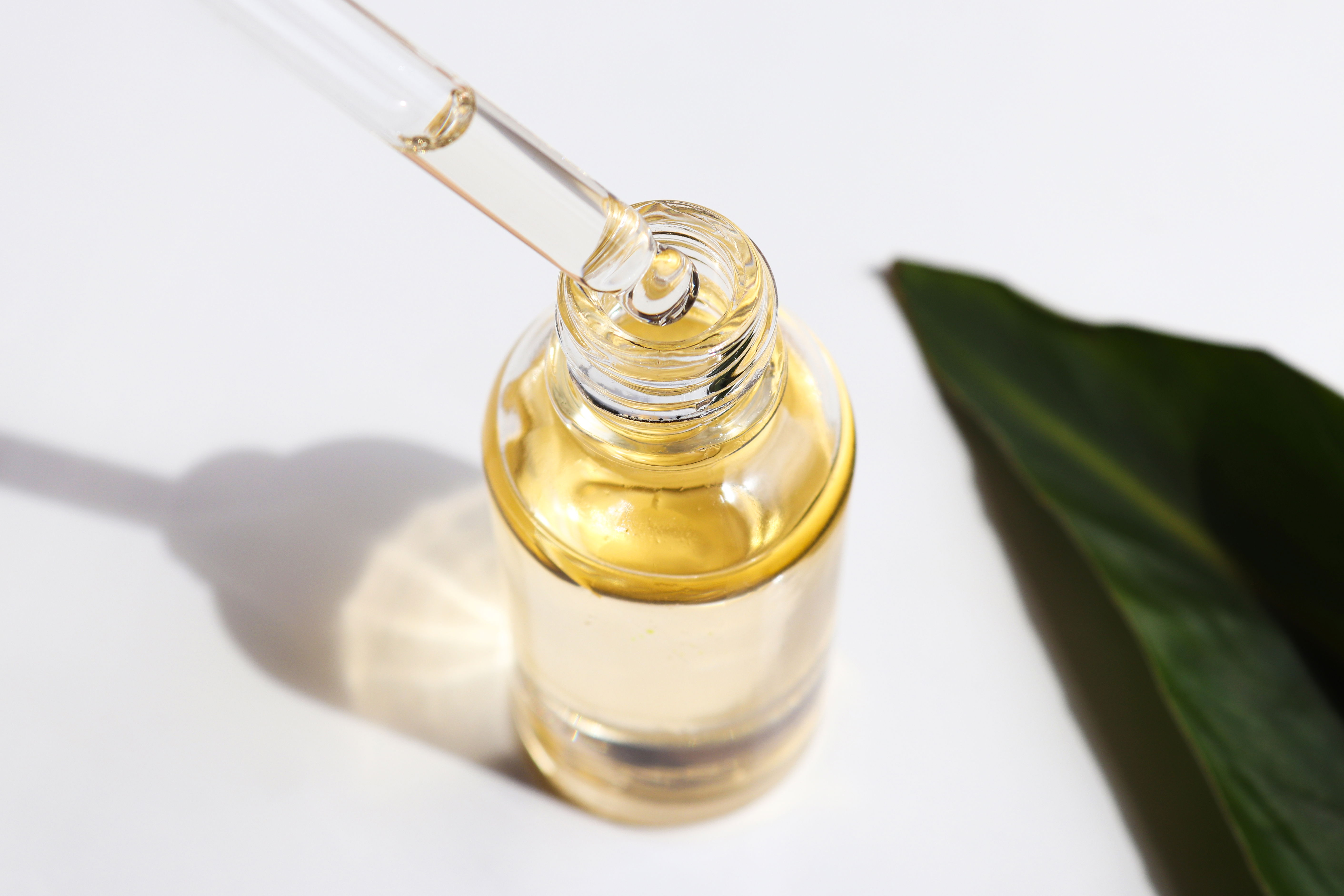Embracing the Warmth of Oxytocin: The Love Hormone

Oxytocin, often called the “love hormone” or “cuddle chemical,” plays a crucial role in our social interactions and emotional well-being. It is a powerful neurotransmitter and hormone that promotes bonding, trust, and empathy, influencing how we connect with others.
Understanding oxytocin's role in our lives can help us foster more meaningful relationships and enhance our emotional health.
What is Oxytocin and When is it Released?
Oxytocin is a hormone produced by the hypothalamus and secreted by the pituitary gland. It is released in response to various stimuli, particularly those involving social bonding and physical touch.Oxytocin is released in response to:
- Physical Touch: Hugs, kisses, and other forms of physical affection stimulate oxytocin production.
- Social Bonding: Positive social interactions, such as spending time with loved ones or engaging in supportive relationships, increase oxytocin levels.
- Childbirth and Breastfeeding: Oxytocin plays a vital role in labor and delivery, promoting uterine contractions, and it facilitates breastfeeding by helping with milk ejection.
Where is Oxytocin Released From?
Oxytocin is produced in the hypothalamus, a region of the brain responsible for regulating hormones and maintaining homeostasis. It is then stored and released by the posterior pituitary gland into the bloodstream, where it affects various body systems, including the brain, heart, and digestive system.
How Long Do the Effects of Oxytocin Last?
The effects of oxytocin can vary depending on the individual and the situation. The immediate effects of oxytocin, such as feelings of closeness and relaxation, can last for several hours after the initial stimulus.
However, regular positive interactions and physical touch can help maintain elevated oxytocin levels over time, contributing to long-term emotional health and well-being.

Effects of Oxytocin on the Body
Oxytocin has several important effects on the body, including:
- Enhanced Social Bonding: Oxytocin strengthens emotional connections, fostering trust and empathy between individuals.
- Stress Reduction: It helps lower stress levels by decreasing cortisol, the stress hormone, promoting relaxation and calmness.
- Improved Mood: Oxytocin can enhance mood, reducing feelings of anxiety and depression.
- Pain Relief: It has analgesic properties, helping to alleviate pain and discomfort.
- Promotes Healing: Oxytocin can support wound healing by reducing inflammation and promoting tissue repair.
Activities That Boost Oxytocin Release
To naturally boost your oxytocin levels, try incorporating these activities into your routine:
- Physical Affection: Engage in hugs, cuddles, or massages with loved ones to stimulate oxytocin production.
- Spend Time with Loved Ones: Socialising and building strong, supportive relationships can increase oxytocin levels.
- Practice Acts of Kindness: Helping others and showing kindness can elevate oxytocin and enhance well-being.
- Meditate or Practice Yoga: Mindfulness practices that promote relaxation and self-awareness can increase oxytocin levels.
- Enjoy Music and Dance: Listening to music and dancing, especially with others, can boost oxytocin and create feelings of connection.

Essential Oils to Boost Oxytocin Levels and Enhance Well-Being
Supporting oxytocin, often called the “love hormone,” through essential oils involves promoting feelings of bonding, relaxation, and emotional well-being. While essential oils do not directly increase oxytocin levels, they can create a calming and nurturing environment that encourages the natural release of oxytocin.
Here are some essential oils known to support the emotional states linked to oxytocin:
1. Ylang Ylang
- Benefits: Rose oil is often associated with love and emotional well-being. Its sweet, floral aroma can help uplift the spirit and promote feelings of affection and bonding, which are closely tied to oxytocin release.
- Usage: Use rose oil in a diffuser to create a romantic atmosphere, or apply it topically (diluted) on pulse points during moments of intimacy or self-care.
2. Rose
Benefits: Rose oil is often associated with love and emotional well-being. Its sweet, floral aroma can help uplift the spirit and promote feelings of affection and bonding, which are closely tied to oxytocin release.
- Usage: Use rose oil in a diffuser to create a romantic atmosphere, or apply it topically (diluted) on pulse points during moments of intimacy or self-care.
3. Jasmine
Benefits: Jasmine has a warm, floral scent that is often associated with intimacy and emotional warmth. It can help elevate mood, reduce stress, and promote a sense of closeness, encouraging the natural release of oxytocin.
- Usage: Use jasmine oil in a diffuser, apply it topically (diluted) to pulse points, or add it to a bath for a luxurious, mood-enhancing experience.
4. Laveder
- Benefits: Lavender is known for its calming and soothing properties. It can help reduce stress and anxiety, creating a relaxed state that fosters the release of oxytocin. Lavender’s calming scent can enhance feelings of connection and intimacy.
- Usage: Diffuse lavender oil in your bedroom, add a few drops to a bath, or apply it topically after diluting with a carrier oil to promote relaxation and closeness.
5. Clary sage
Benefits: Clary sage is known for its calming effects and ability to alleviate stress and anxiety. It can help create a relaxed state conducive to bonding and intimacy, supporting oxytocin production
- Usage: Diffuse clary sage oil, use it in a massage blend, or add it to a warm bath to enhance relaxation and emotional connection.
6. Sandalwood
Benefits: Sandalwood has a rich, woody aroma that is grounding and calming. It helps reduce anxiety and promote feelings of peace and emotional balance, creating an environment that supports oxytocin release.
- Usage: Diffuse sandalwood oil during meditation or intimate moments, or apply it (diluted) to the skin as a calming fragrance.
7. Frankincense
Benefits: Frankincense is grounding and promotes a sense of peace and spiritual connection. It can help reduce stress and anxiety, fostering a calm and open state of mind that supports oxytocin production.
- Usage: Diffuse frankincense during meditation or relaxation, apply it topically (diluted) to pulse points, or add it to a bath for a calming effect.
How to Use Essential Oils for Oxytocin Support
- Diffusion: Add a few drops of your chosen essential oil to a diffuser to create a calming and nurturing environment, whether for intimate moments or relaxation.
- Topical Application: Dilute essential oils with a carrier oil (such as jojoba or coconut oil) before applying them to the skin, focusing on pulse points, the back of the neck, or areas of tension.
- Inhalation: Inhale directly from the bottle or place a few drops on a tissue or cotton ball and breathe deeply to experience the calming and connecting effects.
- Bath: Add a few drops of essential oil to your bathwater to create a soothing, romantic, or bonding atmosphere.
- Massage: Combine essential oils with a carrier oil for a relaxing massage that can help reduce stress and promote closeness, enhancing the natural release of oxytocin.
By incorporating these essential oils into your daily routine, you can create an environment that supports serotonin production, helping you to feel more balanced, positive, and relaxed.
Conclusion
Oxytocin is a powerful hormone that influences our social interactions and emotional well-being. By understanding its role and incorporating activities that naturally boost oxytocin levels, you can enhance your relationships and improve your quality of life.
Embrace the warmth and connection that oxytocin brings, and let it guide you toward a happier, healthier, and more fulfilling life.
Download the full article (and Serotonin hacks) below